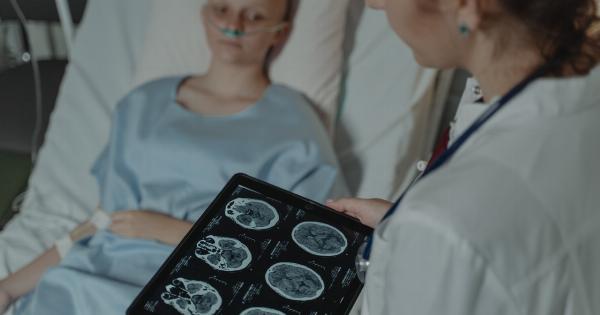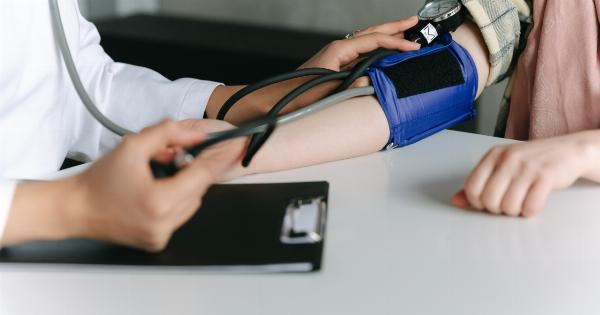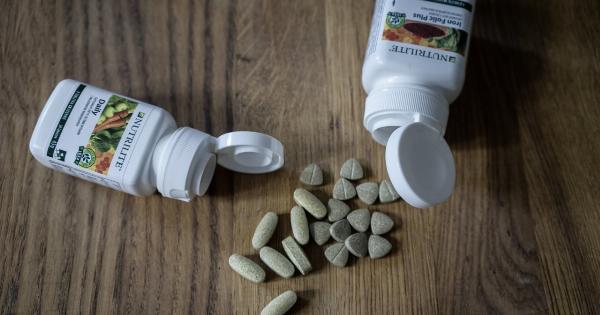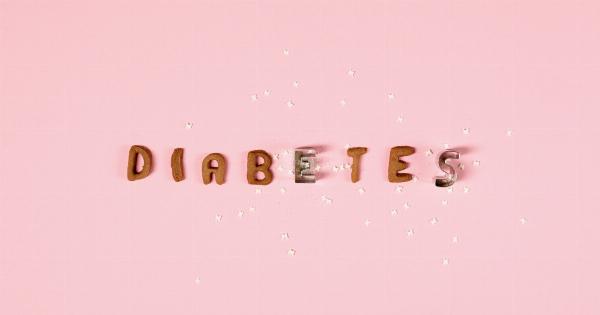When we talk about strokes, most people think of a sudden loss of sensation and weakness in the arm or leg on one side of the body. However, there are different types of strokes, and some are much more dangerous than others.
In this article, we’ll take a closer look at the deadliest stroke: the hemorrhagic stroke.
What is a hemorrhagic stroke?
A hemorrhagic stroke occurs when a blood vessel in the brain ruptures, causing bleeding in or around the brain. This can lead to brain damage and even death if not treated promptly.
There are two main types of hemorrhagic stroke: intracerebral hemorrhage and subarachnoid hemorrhage.
Intracerebral hemorrhage
Intracerebral hemorrhage is the most common type of hemorrhagic stroke, accounting for around 80% of cases. It occurs when a blood vessel within the brain ruptures, causing bleeding directly into the brain tissue.
The bleeding compresses brain tissue, which can cause brain damage and neurological symptoms.
Subarachnoid hemorrhage
Subarachnoid hemorrhage occurs when there is bleeding in the space between the brain and the thin tissues that cover the brain. This is often caused by a rupture of an artery or a weakened blood vessel in the brain.
The symptoms of subarachnoid hemorrhage can include severe headache, nausea, vomiting, and seizures.
Causes of hemorrhagic stroke
The most common cause of hemorrhagic stroke is high blood pressure. Other factors that can increase the risk of hemorrhagic stroke include:.
- Smoking
- Heavy alcohol consumption
- Illicit drug use, such as cocaine or amphetamines
- Brain aneurysm
- Bleeding disorders, such as hemophilia
- Trauma to the head
Symptoms of hemorrhagic stroke
The symptoms of hemorrhagic stroke can vary depending on the location of the bleeding in the brain and the severity of the bleeding. Common symptoms include:.
- Sudden severe headache
- Loss of consciousness
- Seizures
- Weakness or numbness on one side of the body
- Loss of coordination
- Nausea and vomiting
- Difficulty speaking or understanding speech
- Confusion
Treatment of hemorrhagic stroke
Treating a hemorrhagic stroke requires emergency medical attention. The first step is to reduce the pressure on the brain caused by bleeding. This may involve draining the excess blood from the brain or removing a blood clot.
Other treatments may include medications to control blood pressure, reduce inflammation, or prevent seizures. In some cases, surgery may be necessary to repair a ruptured blood vessel or remove a blood clot or hematoma from the brain.
Prevention of hemorrhagic stroke
Preventing a hemorrhagic stroke involves managing risk factors that can increase the likelihood of a rupture. This includes:.
- Maintaining a healthy blood pressure
- Avoiding smoking and excessive alcohol consumption
- Treating underlying health conditions, such as diabetes or high cholesterol
- Taking steps to avoid head injuries
- Managing bleeding disorders, such as hemophilia
Conclusion
Hemorrhagic stroke is a serious medical emergency that can cause significant brain damage and even death. Understanding the symptoms and risk factors can help you recognize the signs of a stroke and seek emergency medical attention promptly.
Prevention is key to reducing the risk of a hemorrhagic stroke, and this involves managing underlying health conditions and avoiding behaviors that can increase your risk.





























